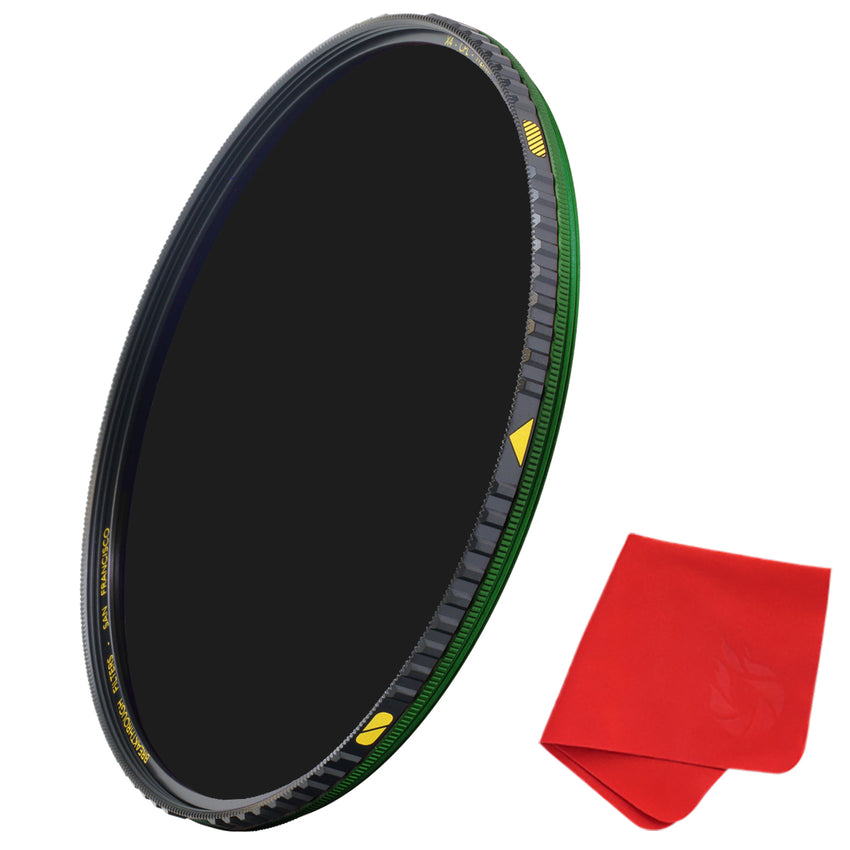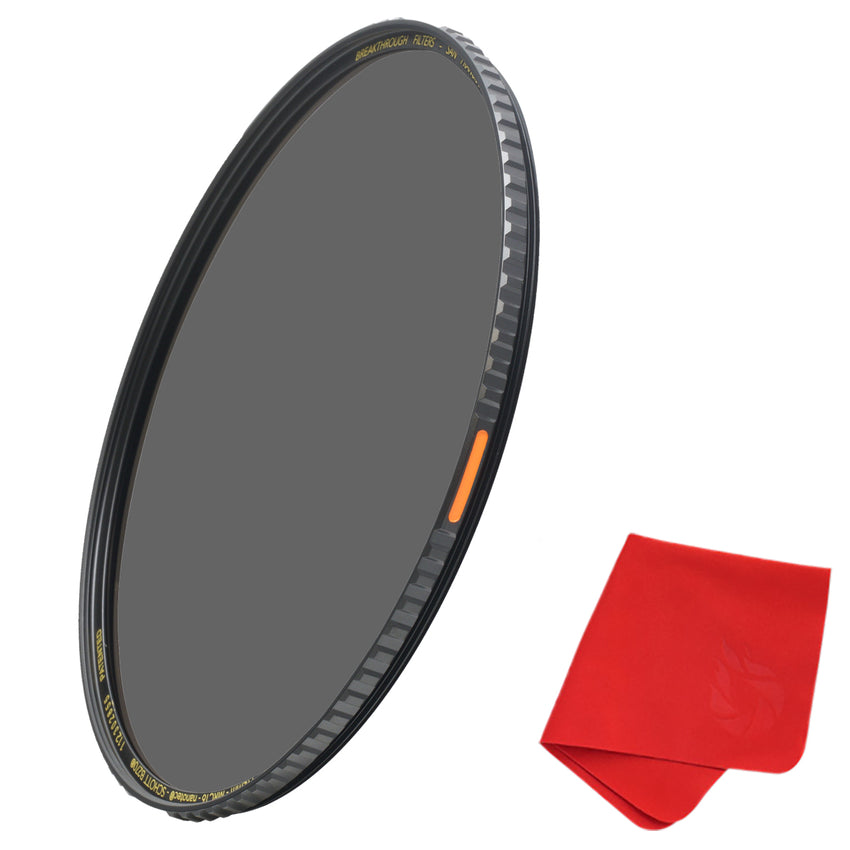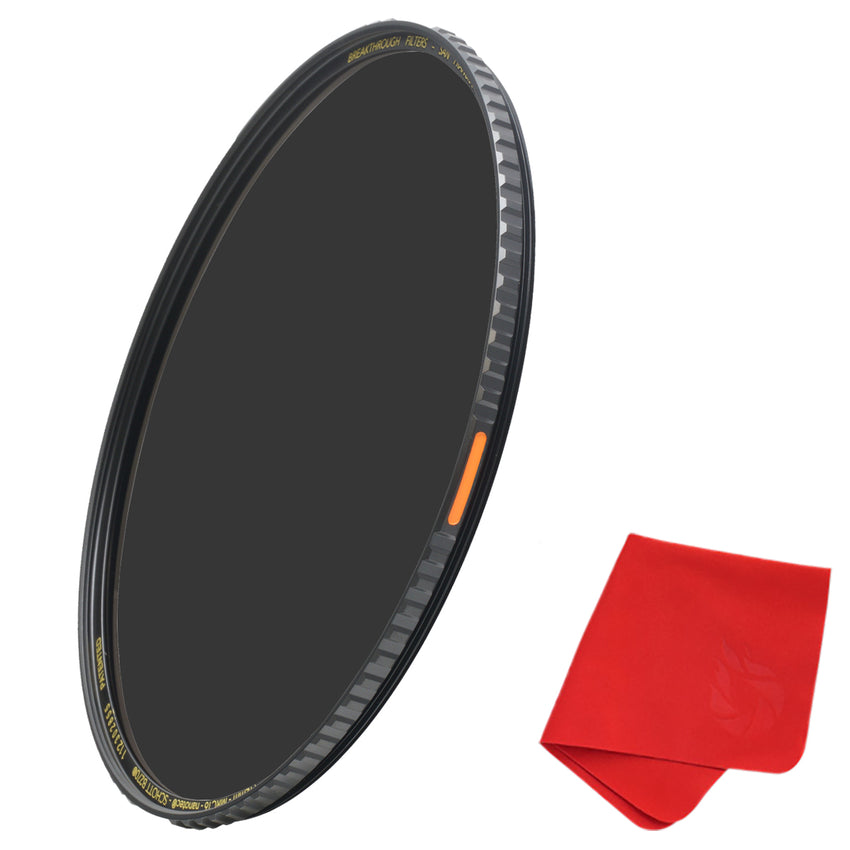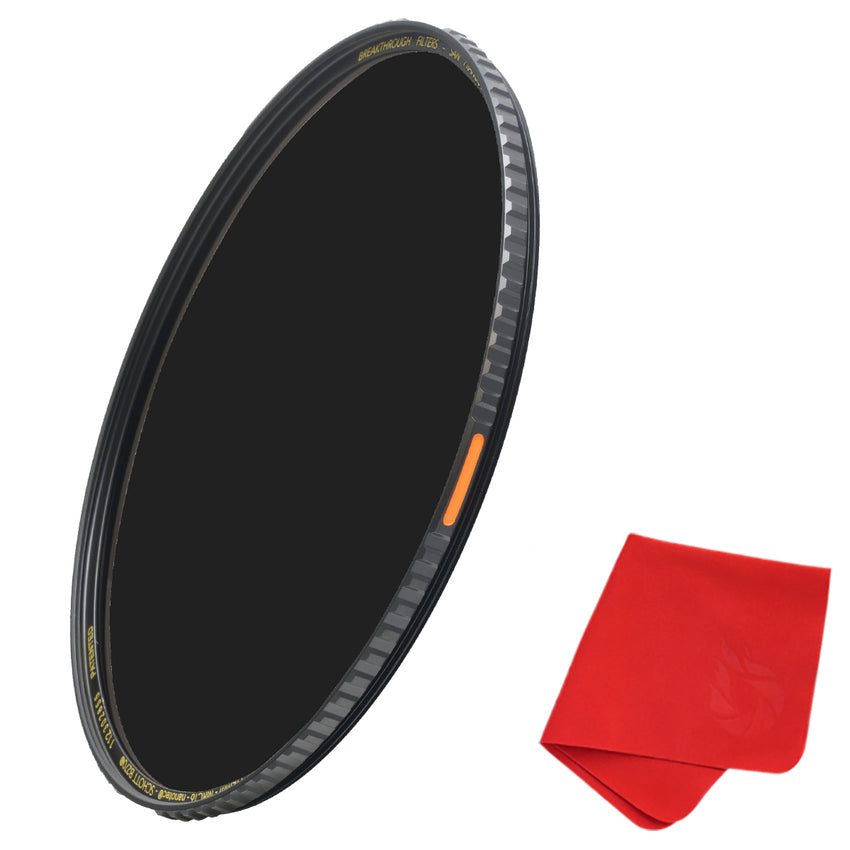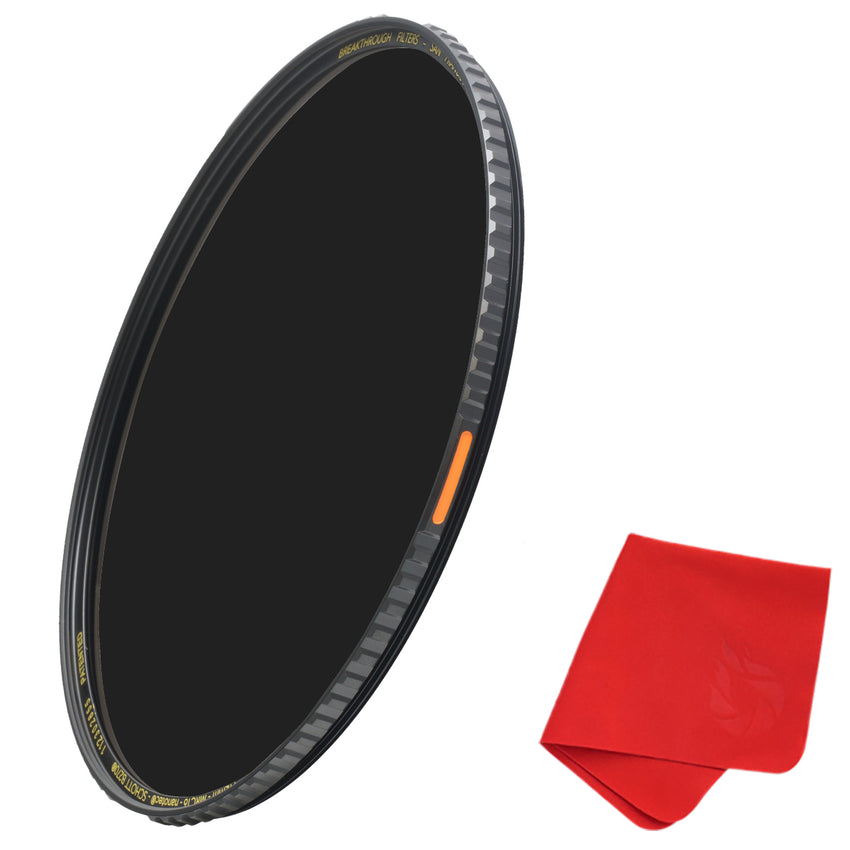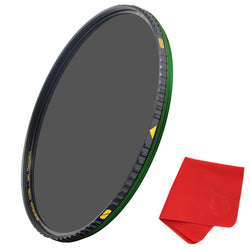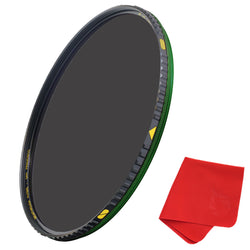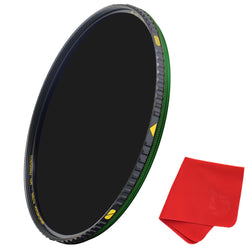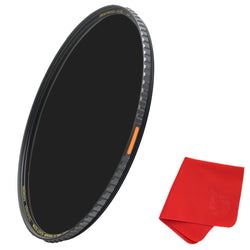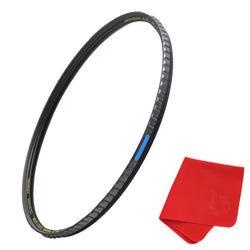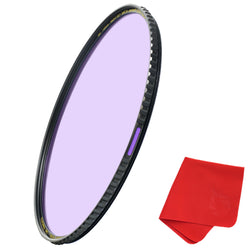Stefan Forster
Our entire line of filters designed
for the 14-24mm 2.8 S by Nikon.
Stefan Forster
A perfectly flat light transmission curve would yield a perfectly color neutral result. While this is technically impossible, the X4 CPL has the flattest transmission curve of any polarizer on the market - guaranteed. This translates into a more color neutral performance without a color cast.
A spectrometer is an optical instrument used to measure the properties of light across a spectrum. They can create spectral lines and measure their wavelength and intensity to determine the percentage of light that a filter transmits or blocks. The data are displayed as line graphs with light transmission % values for each wavelength measured.
The average light transmission % across the visible light spectrum is also an important metric to evaluate filter performance. Higher light transmission allows more light to pass through to the sensor, which translates into faster shutter speeds, sharper images and the ability to use a lower ISO when shooting video. The X4 CPL features the highest average light transmission - 47.18% - of any available CPL without sacrificing polarization efficiency.
Another benefit of high light transmission combined with a flat spectral curve is maintaining a consistent optical density or f-stop reduction throughout the visible range and well into infrared. The fractional transmittance of the the X4 CPL nearly matches an ideal 1-Stop (0.3) neutral density filter, giving the photographer or filmmaker a more dependable baseline to set up shots.
Stefan Forster





